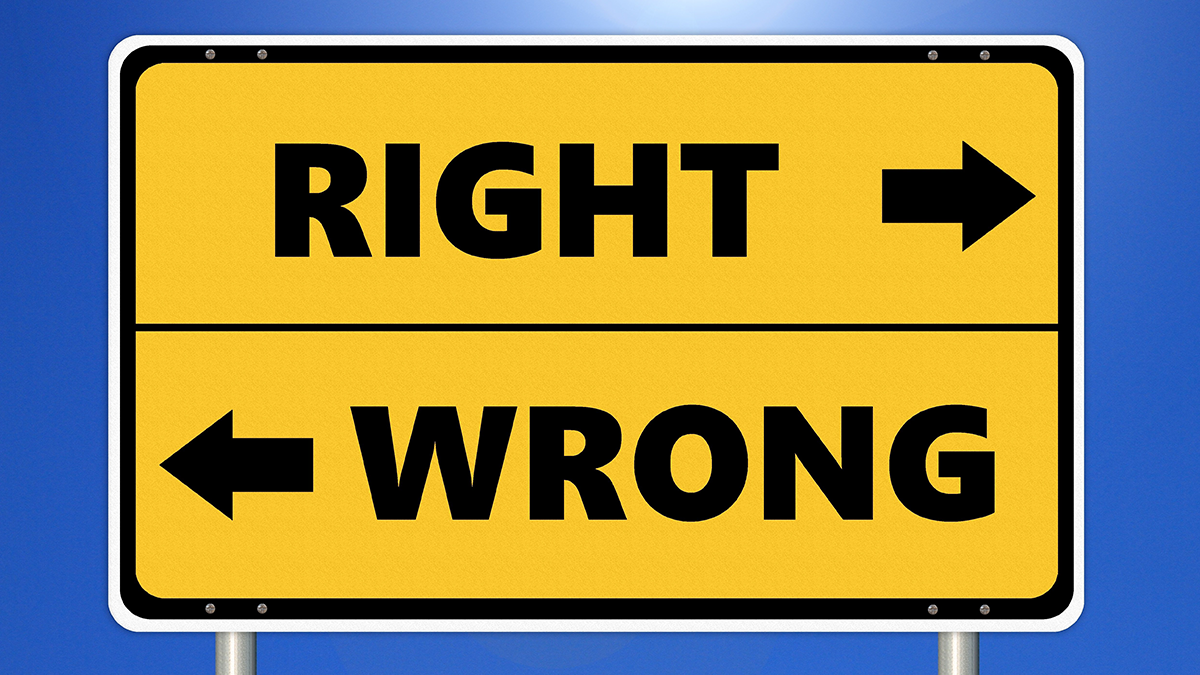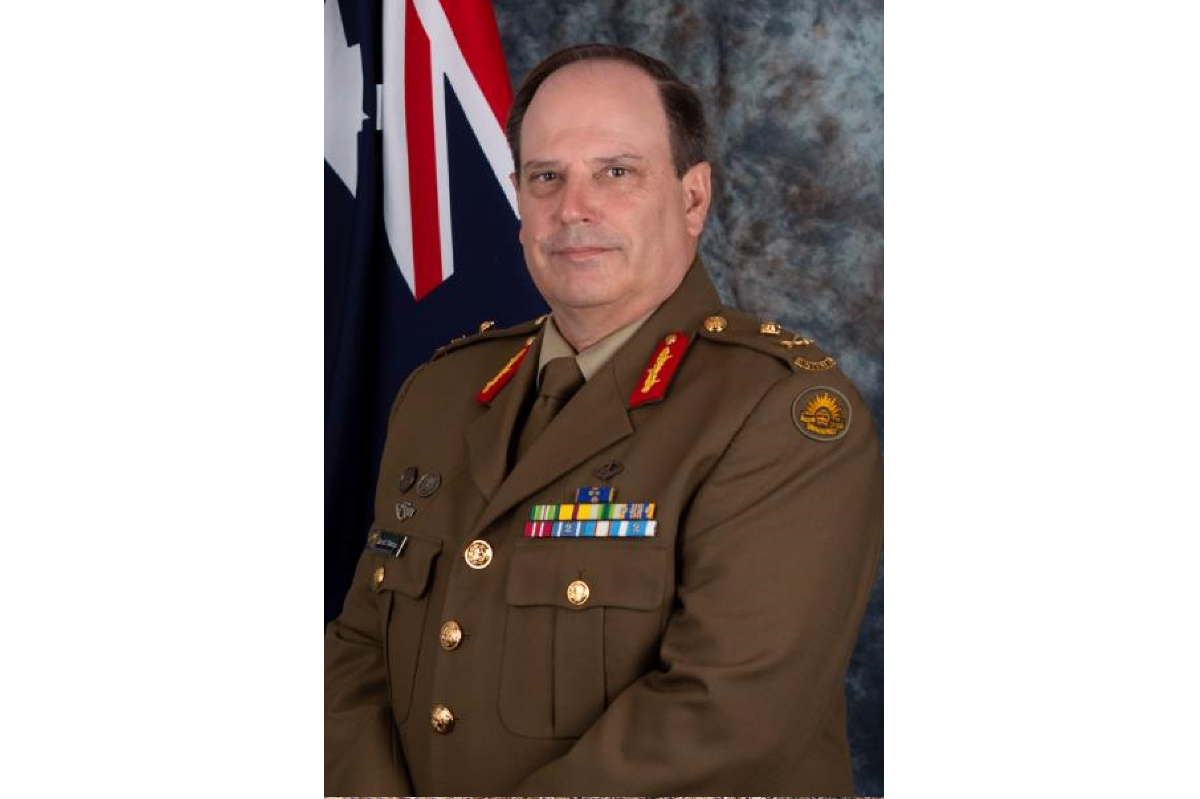Moral injury in the ADF Part 1: State morality and individual moral identity
This blog post is a two-part adaptation of the author’s essay entitled Moral injury and the gap between the soldier and the state’s moral identity, which placed third in the ADF Officer’s category of the 2019 Jamie Cullens Defence Essay Competition. The original can be viewed in full on The Forge’s website here.
While Post Traumatic Stress Disorder (PTSD) and Veteran Suicide receive a great deal of attention in Australia, the existence of moral injury is receiving growing attention. A/Prof Deane-Peter Baker claims that a significant cause of ethical failure and moral injury is the 'gap' between the 'deep and wide' moral identity of the individual soldier/sailor/airman, and the ethics of war based on the thin and narrow morality of the state. I assert that with the advent of the modern moral identity, the liberal democratic state has seen a divide arise between the morality of the state and the individual moral identity of its citizens. This has occurred through the increasing diversification of previously homogenous societies, such as those of the ‘new settlers of America’, when state and individual morality were aligned. Although this has impacts on the everyday lives of citizens, when soldiers are asked to apply violence for the state, gaps between individual and state morality have a much greater impact. The Australian Defence Force can better prepare its personnel for moral injury by taking actions that bridge the gap between state and individual morality.
What is Moral Injury
Jonathan Shay defines moral injury as a ‘[1] betrayal of what’s right, [2] by someone who holds legitimate authority, [3] in a high stakes situation’. Shay refers to someone who holds legitimate authority as a leader, however, every soldier is empowered to kill under rules of engagement and the laws of armed conflict. Although symptomatically similar to PTSD—for example, people are also afflicted by re-experiencing events and seek numbing or avoidance—moral injury is distinct. Fatima Measham has succinctly summarised these differences, saying moral injury ‘arises from different factors: witnessing, learning about, failing to prevent, or perpetrating acts that transgress deeply embedded moral values. It constitutes a betrayal of personal beliefs, inducing feelings of guilt and shame, as well as loss of trust and withdrawal.’
State Morality and the Soldier’s moral identity
Liberal democratic societies (small ‘l’ liberal) should be morally neutral. In order to accommodate increasing diversity and multiculturalism, liberal democratic society has two choices: to judge what is good and act to impose it, or to interfere as little as possible and allow its citizens to choose. This second option is the idea of moral neutrality, recognising that ‘liberal politics, on this view, cannot be reasonably grounded on pursuit of what is truly valuable, for value is a matter of taste, and our tastes differ’.
In contrast, individual moral identity is far from neutral. Individuals orientate their lives morally within their moral identities, with guiding landmarks, all influenced and shaped by the backdrop of their ‘socio-economic background, parenting, schooling and the stability of their upbringing’.
Why service members differ from civilians
A 2014 Pew Research Centre study describes American millennials (American data is referred to here, as there is less Australian research) as ‘relatively unattached to organised politics and religion’ demonstrating ‘at or near the highest levels of political and religious disaffiliation recorded,’ ‘more unmoored from and distrustful and distrustful of institutions’ and they also demonstrated low social trust.’ While the study surveyed millennials in general, it highlights a key contrast with the majority of American servicemen and women who served in Iraq and Afghanistan since the early 2000s who are millennials. In contrast to their civilian peers, people who decide to join the military generally buck these trends, recruits demonstrate and place an immense trust in a traditional institution, albeit one which has maintained its place of trust in society. This trust strongly suggests that they consent to and are willing to lose their lives in its service, and although they come from the background of a liberal democratic society which values their individual rights, they are willing to waive these rights in joining the military.
Conclusion
Moral injury holds the potential for our soldiers to experience losses of trust and betrayal of beliefs. As a contributing factor to veteran mental health issues which is increasingly being recognised as separate to PTSD or anxiety and depression, the ADF must do what it can to prepare soldiers to face moral injury. A key area of long term risk to soldiers as well as possible mitigations for moral injury will be discussed in Moral Injury in the ADF Part 2: Why ADF members are vulnerable, and how the ADF can prepare its people.
The views expressed in this article and subsequent comments are those of the author(s) and do not necessarily reflect the official policy or position of the Australian Army, the Department of Defence or the Australian Government.
Using the Contribute page you can either submit an article in response to this or register/login to make comments.




